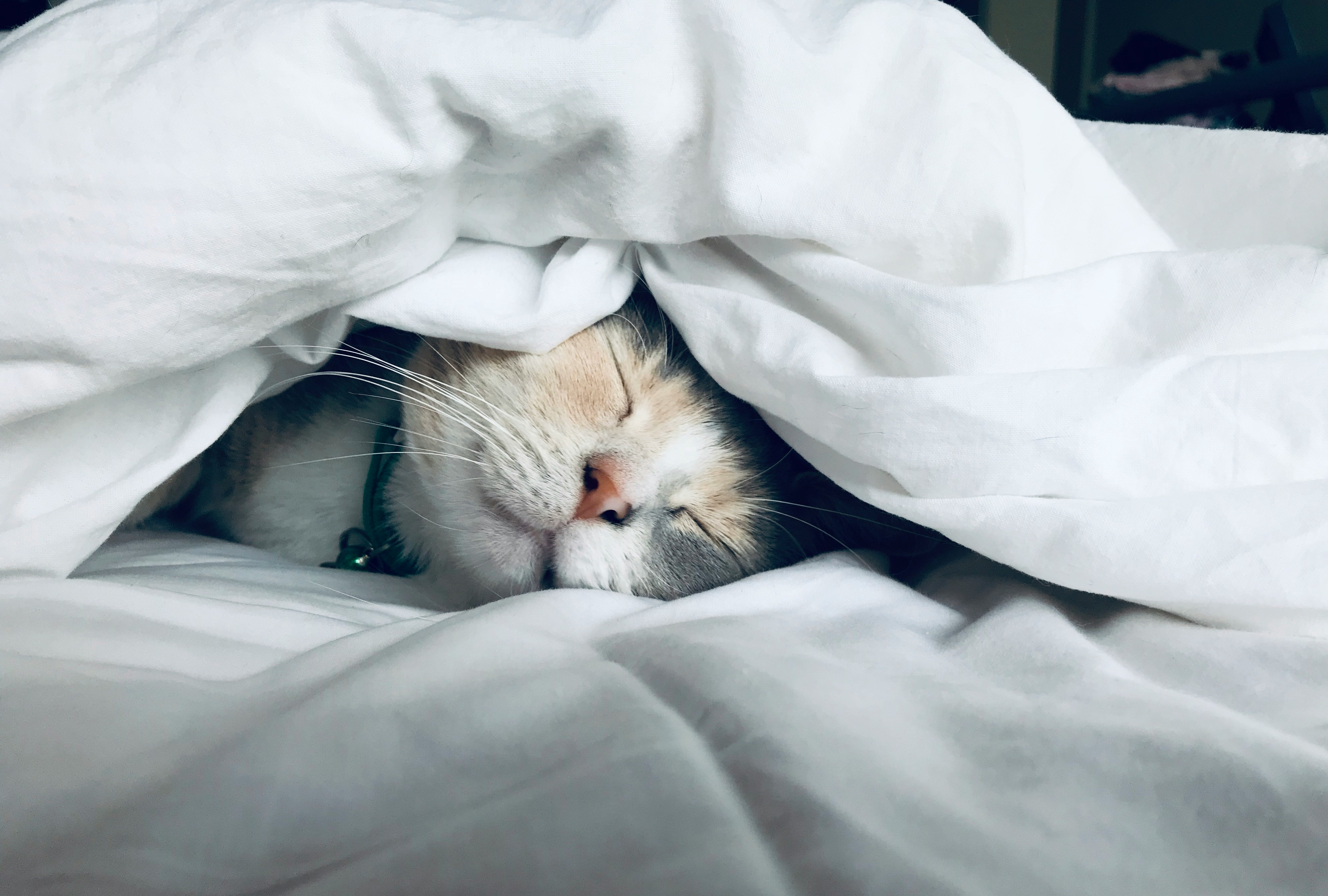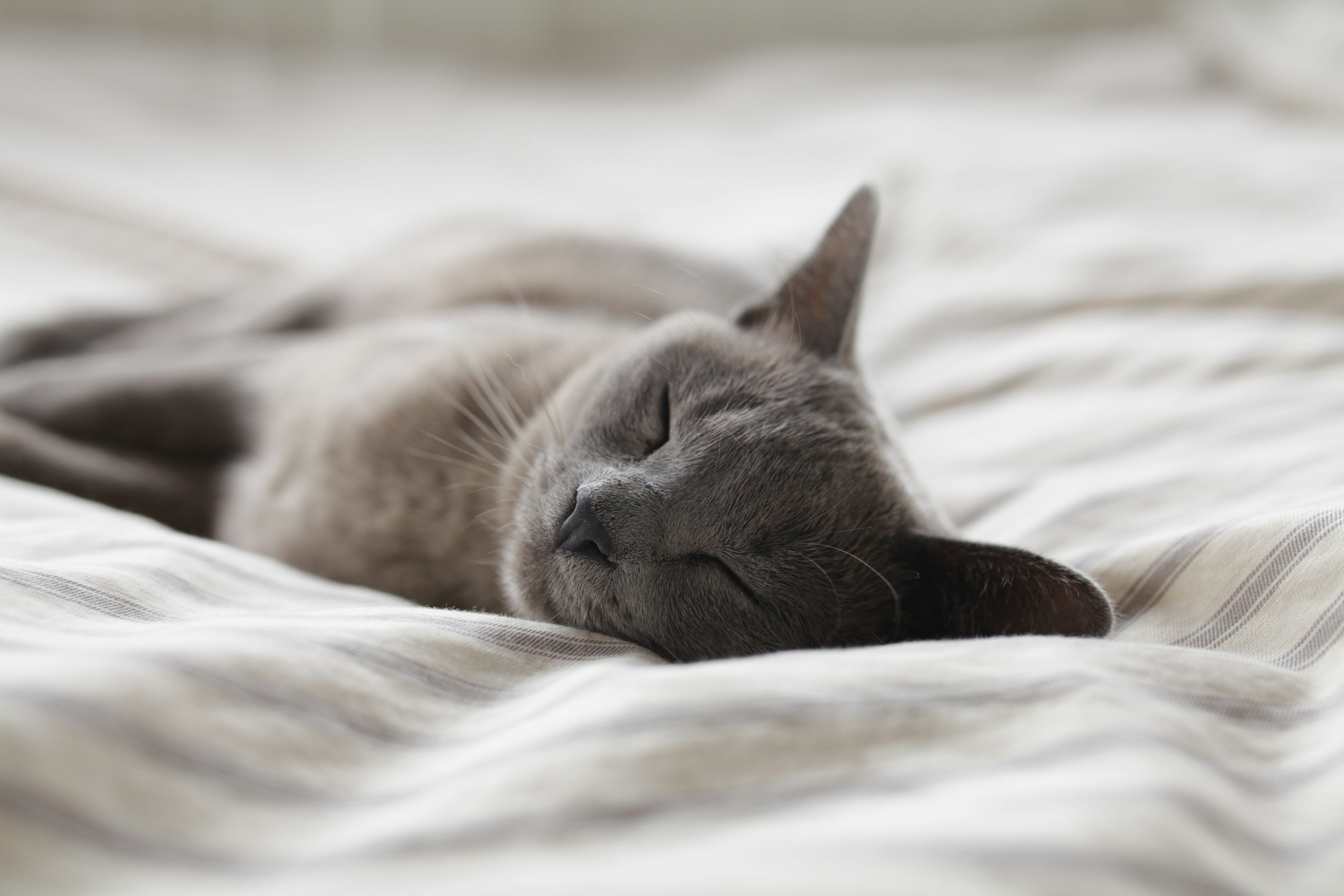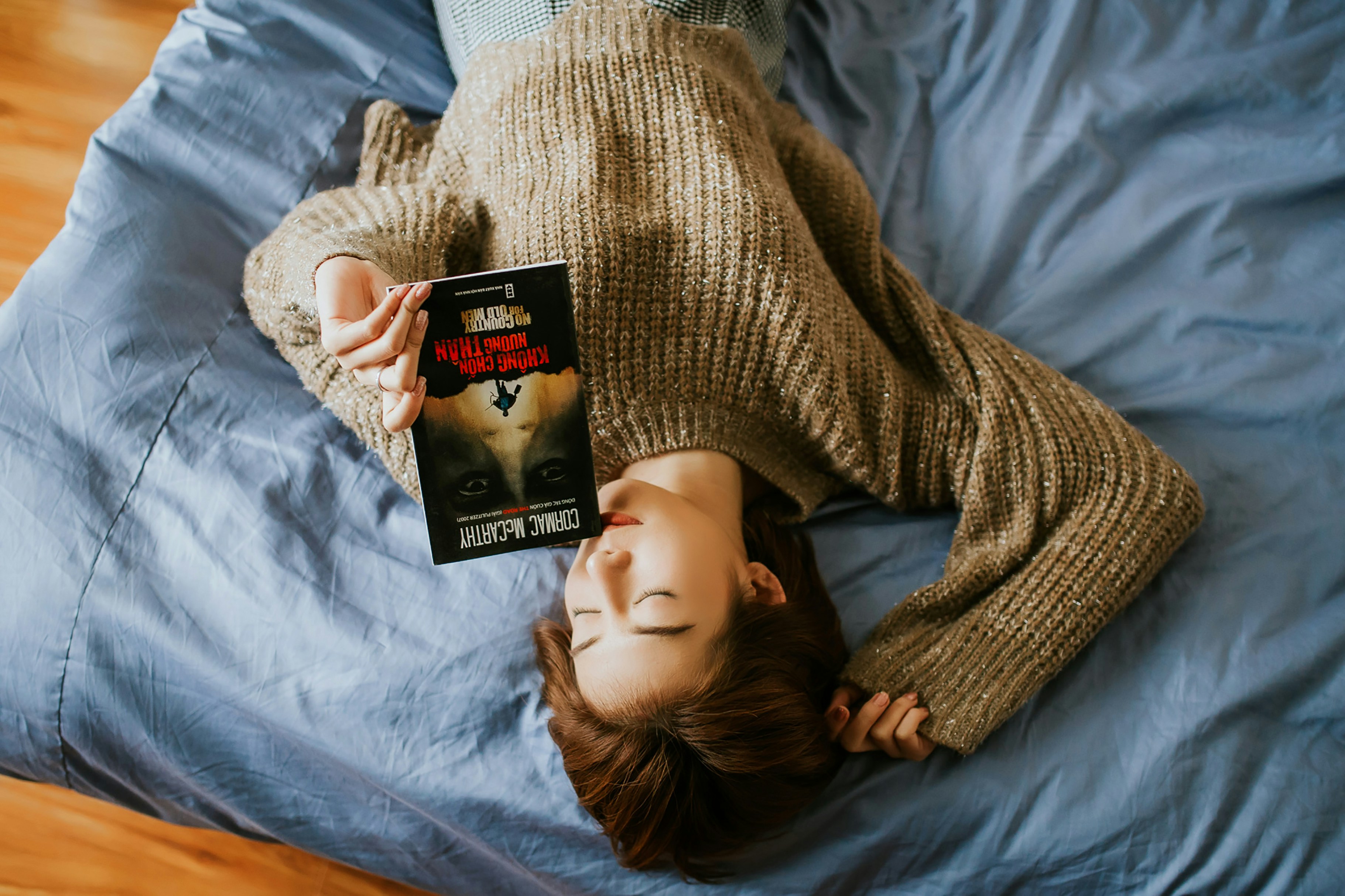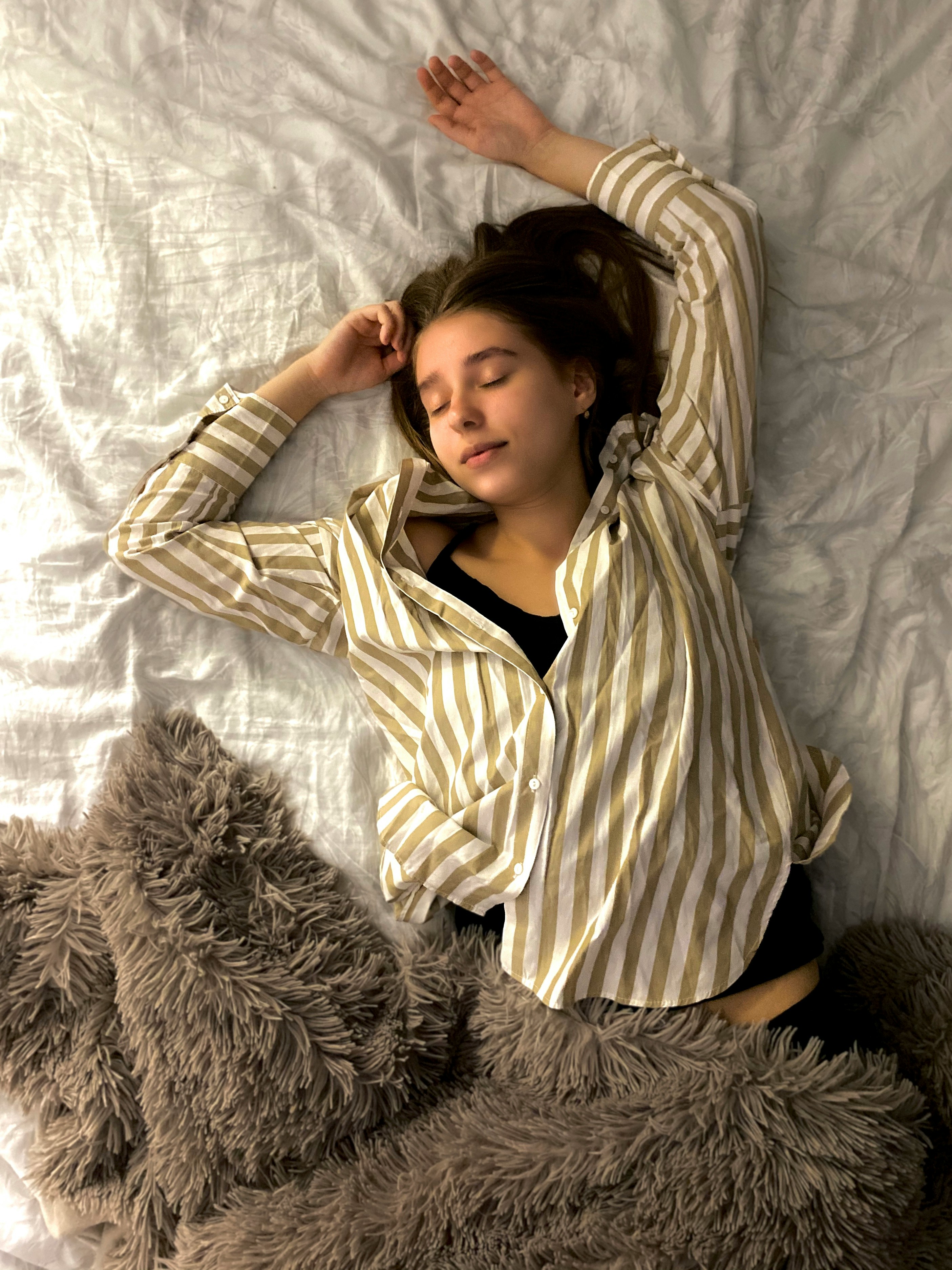Exercise and Sleep: Finding the Right Balance

Exercise and Sleep: Finding the Right Balance
Introduction
Exercise is one of the most natural and powerful ways to improve sleep. It reduces stress, improves sleep quality, and increases time spent in deep sleep. However, timing and intensity matter.
This article explains how different types of physical activity affect sleep and how to build a workout routine that promotes restful nights.
1. How Exercise Improves Sleep
- Reduces stress hormones like cortisol
- Increases body temperature, leading to a cooling "sleep signal"
- Improves slow-wave (deep) sleep
- Alleviates symptoms of sleep apnea and insomnia
2. Best Time to Exercise for Sleep
| Time of Day | Impact on Sleep |
|---|---|
| Morning | Aligns circadian rhythm, energizing |
| Afternoon | Enhances evening sleep drive |
| Evening | OK if not too close to bedtime |
| Night (within 1h) | May cause alertness and delay sleep |
3. Exercise Types and Sleep Effects
- Aerobic (e.g., walking, running) : Improves sleep onset and duration
- Strength training : Enhances deep sleep
- Yoga/stretching : Reduces stress, improves relaxation
- High-intensity training : May energize too much if too late
4. Tips for Sleep-Friendly Workouts
- Stay consistent (3–5 times/week)
- Don’t exercise too close to bedtime
- Warm down with stretches or yoga
- Stay hydrated but avoid excessive evening fluids
Conclusion
Moderate, regular exercise is a cornerstone of healthy sleep. By adjusting the type and timing of workouts, you can transform your physical activity into a sleep-promoting tool.




